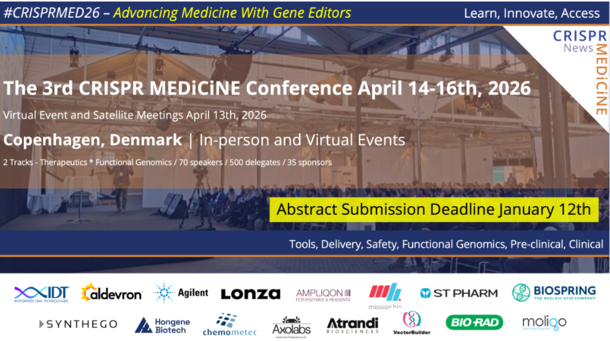This trial is for ABCA4-related retinopathies, caused by differing variants in the ABCA4 gene.
ABCA4-related retinopathies are a group of inherited eye disorders caused by variants in the ABCA4 gene. ABCA4 encodes a protein found in the retina, specifically in the light-sensitive photoreceptor cells. This protein helps transport potentially harmful substances that form after phototransduction, the process where light is converted into electrical signals for the brain. Health conditions related to variants in ABCA4 include Stargardts disease, cone-rod dystrophy, juvenile age-related macular degeneration and retinitis pigmentosa.
Stargardt disease is a rare genetic eye disorder that primarily leads to progressive central vision loss, while peripheral vision often remains intact. It is the most common form of juvenile macular degeneration, the signs and symptoms of which begin in childhood. It typically manifests in childhood or early adulthood, though it can develop later in life. The disease affects the macula, a small part of the retina crucial for detailed vision needed for tasks like reading and recognizing faces. Variants in the gene ELOVL4 may also cause disease onset, though ABCA4 is more commonly associated.
Cone-rod dystrophy is a group of eye disorders that lead to progressive vision loss, affecting the retina's light-sensitive cells. There are over 30 types of cone-rod dystrophy, varying by genetic cause and inheritance pattern, and it can occur either alone or as part of a broader syndrome. Mutations in the ABCA4 gene are the leading cause of autosomal recessive cone-rod dystrophy. Additionally, at least 10 different genes have been linked to cone-rod dystrophy inherited through an autosomal dominant pattern.
Stargardt disease primarily affects central vision, leading to symptoms such as blurry vision and difficulty with tasks requiring detailed sight, like reading or recognizing faces. Night blindness, or difficulty adapting to low-light conditions, is also common. Many individuals experience photophobia. While central vision progressively worsens, peripheral vision generally remains unaffected. The severity and speed of progression can vary, but the gradual loss of vision is a hallmark of the disease.
Symptoms of cone-rod dystrophy typically begin in childhood, with reduced visual sharpness and increased sensitivity to light. Over time, individuals experience impaired colour vision, central blind spots, and partial peripheral vision loss. As the disease progresses, night blindness and further peripheral vision decline can limit mobility, and most affected individuals become legally blind by mid-adulthood. Involuntary eye movements (nystagmus) may also develop.
There is currently no cure for ABCA4-related retinopathies. Management focuses on slowing the degenerative process, addressing complications, and providing visual rehabilitation. Additionally, support is offered to help patients cope with the social and psychological challenges associated with vision loss. To slow disease progression, preventive measures include wearing sunglasses to reduce overexposure to visible light and avoiding vitamin A supplements. Regular eye exams are also recommended.
